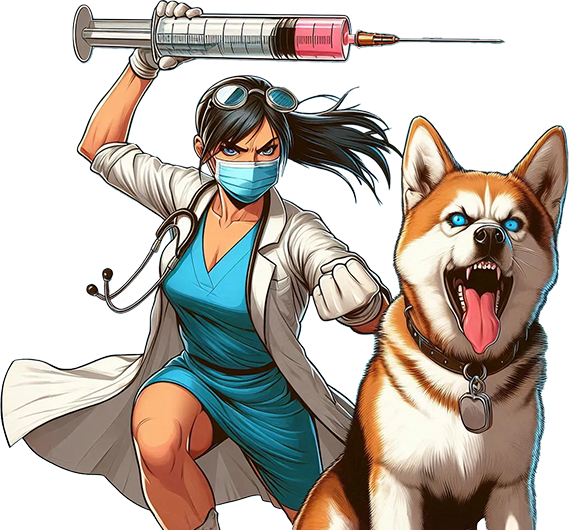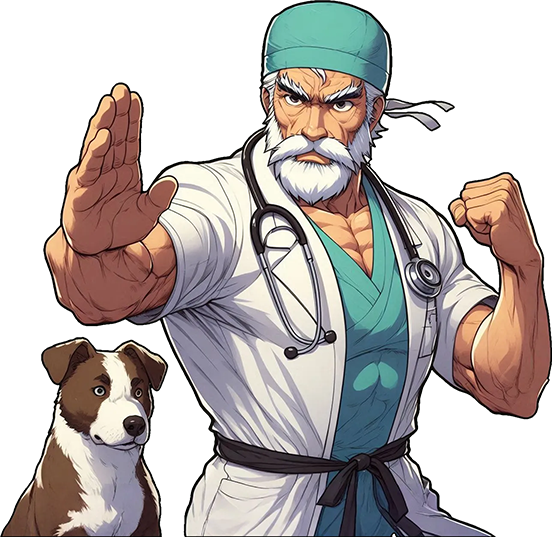Stream: Anatomical Pathology. Beginning/Introduction.
Our patients die. In most cases, this is an expected outcome of a severe illness or trauma, but sometimes the cause of the animal’s death remains unclear. In the latter case, the doctor loses the patient, staying in the diagnostic dead end. In this situation, it makes sense to consider post-mortem diagnosis.
The value of post-mortem examination cannot be overestimated. First of all, it allows the clinician to confirm or invalidate the clinical diagnosis: to see the possible mistakes and to estimate the relevance of the treatment tactics chosen in each specific fatal case, reducing their probability for future patients with similar symptoms. Secondly, post-mortem examination allows to better define specific features of the course of a disease, syndrome or trauma, their complications, as well concurrent conditions which are often hard to detect while the patient is alive.
Besides, the correct post-mortem diagnosis (being the most precise one) and report facilitate development of medical thinking and biotechnologies.
This service is broadly presented in the modern market of veterinary services, but, unfortunately, it does not always meet the quality standards.
We invite you to refresh and improve your knowledge of pathological anatomy. In the sessions, you will learn how post-mortem examination must be performed and which conclusions one can expect to receive from a skilful anatomic pathologist.
We will tell you how to:
- perform a post-mortem examination on a dog or a cat;
- perform macro- and microscopic differentiation of pathological processes;
- prepare pathological material for histologic examination;
- formulate the post-mortem diagnosis and the immediate cause of death.
 Russian
Russian English
English




























